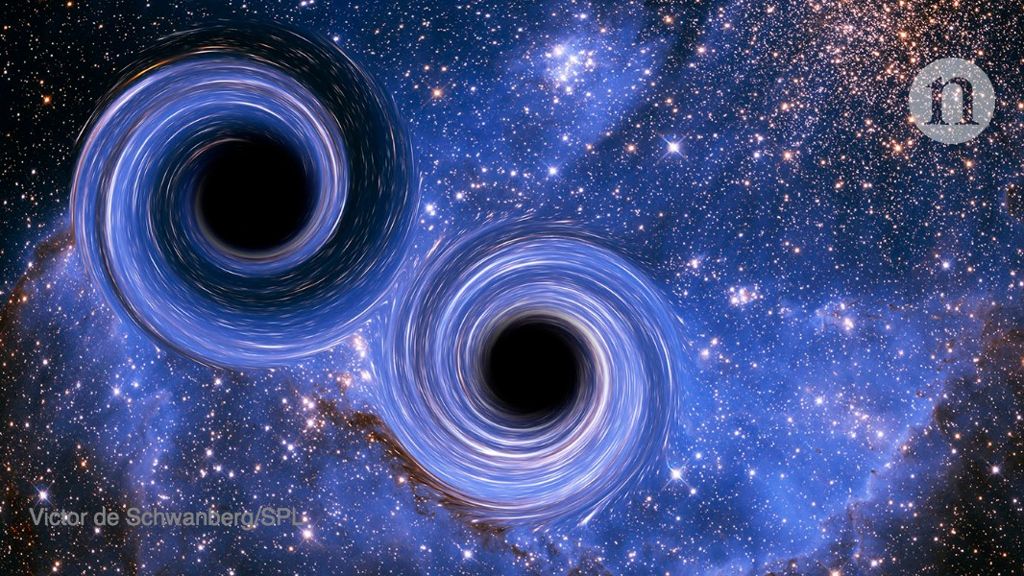
NASA has announced a new space telescope mission dedicated to understanding the origins of life and the universe. The space agency is aiming for a 2023 launch.

A spacecraft has successfully fired a harpoon into a target orbiting Earth in an operation that could help clean-up the tonnes of space junk threatening telecommunications satellites.

Barnard b or GJ 699 b – might have microbes or other simple life in its environment as long as there is a lot of thermal activity within the planet itself. This would theoretically provide enough energy for life to survive.

A planned US$35-million upgrade could enable LIGO to spot one black-hole merger per hour by the mid-2020s.

A new study by an international team of astronomers has discovered the presence of organic molecules in the disk of a young star V883 Ori, located about 1300 light-years away from the Earth.

Scientists have found that the magnetic north pole is moving at a speed of about 55 km every year. A hundred years ago, the pole was located near the coast of northern Canada. Now, it is in the middle of the Arctic Ocean.

A new sky survey project, The Zwicky Transient Facility (ZTF), has released its first round of incredible data, results, and images, including this amazing new view of our neighboring Andromeda galaxy.

Unlike the other planets in our solar system, Uranus is tipped on its side. This leaves the sun shining non-stop onto its north pole during its long summer, likely resulting in widespread atmospheric changes.

Astronomers using ALMA, have found the fingerprints of sodium chloride – table salt – in a ring of dusty debris around a massive young star 1,500 light years away that formed in the Orion Molecular Cloud Complex.

This year, space fans will be treated to two lunar mission, the Apollo 11 anniversary, some lunar and solar eclipses, and brand-new spacecrafts heading for the ISS.

A duo of astronomers has spotted three new globular clusters in the Milky Way’s bulge, a 10,000-light-year-wide central structure made primarily of old stars, gas and dust.

Overall, astronauts remain in excellent mental and physical health relative even after their return from long-term missions. And yet some develop cardiovascular deconditioning, vision problems and ovary problems (women).

Astronomers using the NASA/ESA Hubble Space Telescope have made an unexpected finding. They discovered a dwarf galaxy in our cosmic backyard, only 30 million light-years away.

It has taken researchers almost three years to produce this deepest image of the Universe ever taken from space, by recovering a large quantity of ‘lost’ light around the largest galaxies in the iconic Hubble Ultra-Deep Field.

Unlike some previous test missions, Wednesday's New Shepard flight followed the same profile that space tourists will take. But The company has yet to begin selling tickets for the six-person capsule.